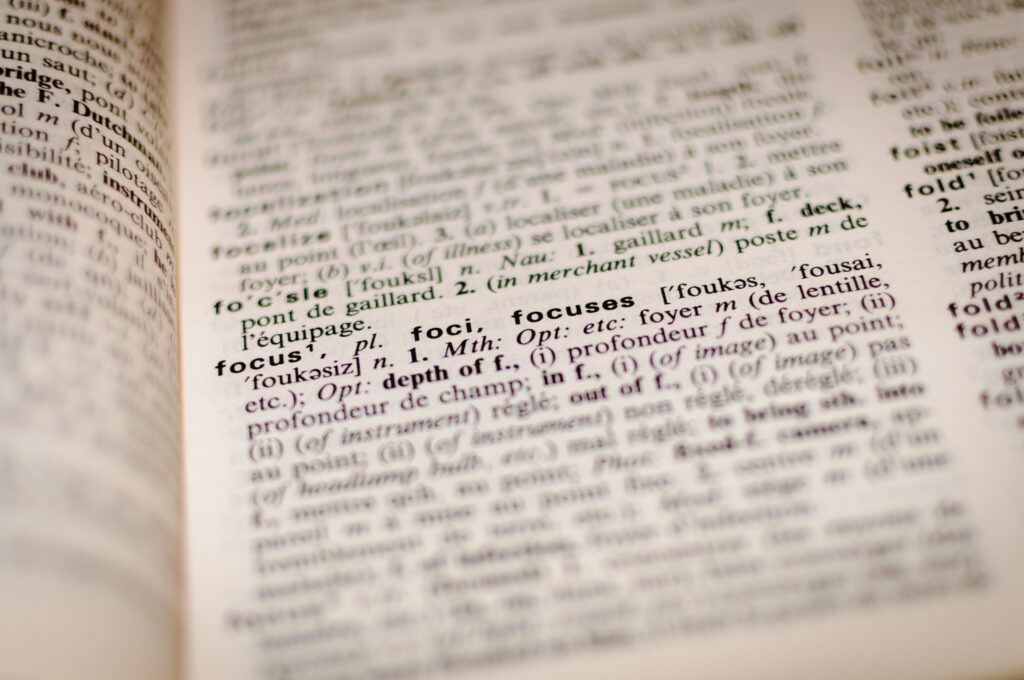More About Shinzen’s Answer to Everything
As I mentioned in “Shinzen’s Answer to Everything,” my long-time teacher Shinzen Young often answered questions with this suggestion:
“Infuse your experience with awareness and equanimity.”
—Shinzen Young11
Let’s break it down:
Experience
Your “experience” is your thoughts and body sensations—including your breath—happening in real time, right now, where you are standing, lying down, sitting, or, for our purposes, moving. In mindfulness meditation, you choose an aspect of your experience (your thoughts and body sensations) on which to focus.
Infuse
“Infuse” in this context is how you direct your awareness, the energy of concentration with which you place your attention on your “experience.”
Awareness
“Awareness,” often called “attention,” is the quality of how you direct your mind. This Zen story explains how essential attention is:
“A student said to Master Ichu, ‘Please write for me something of great wisdom.’ Master Ichu picked up his brush and wrote one word: ‘Attention.’ The student said, ‘Is that all?’ The master wrote, ‘Attention. Attention.’ The student became irritable. ‘That doesn’t seem profound or subtle to me.’ In response, Master Ichu wrote simply, ‘Attention. Attention. Attention.’ In frustration, the student demanded, ‘What does this word ‘attention’ mean?’ Master Ichu replied, ‘Attention means attention.’ ”—Charlotte Joko Beck12
When you begin to meditate, you build a focused, concentrated attention. It’s a muscle that meditation strengthens.
Equanimity
Finally, and possibly most important, let’s define “equanimity.” This mind state is the ability to not struggle with whatever experience you have during your practice. Shinzen calls it “not fighting with yourself.”
Merriam Webster defines equanimity as “evenness of mind, especially under stress”13 while Dictionary.com defines it as “mental calmness,
especially in a difficult situation.”14
In their online course, “Dhamma Wheel,” Tricycle Magazine calls equanimity “the secret ingredient of mindfulness, indeed of the entire Buddhist
approach to practice.”15 They explain:
“Like the clutch of a car, which disengages the engine from the wheels, freeing them to revolve independently, equanimity disengages us from the compulsion of the pleasure/pain reflex, freeing us to experience a range of sensations without craving.”16—Dhamma Wheel, Tricycle Magazine
To develop equanimity, Dhamma Wheel recommends:
“…bringing an attitude of ‘this is simply what is happening now’ toward whatever occurs, instead of ‘I like [or don’t like] this,’ or ‘I
approve [or don’t approve] of this.’ ”17 —Dhamma Wheel, Tricycle Magazine
Here’s another definition of Equanimity:
“In the deepest forms of insight, we see that things change so quickly that we can’t hold onto anything, and eventually the mind lets go of clinging. Letting go brings equanimity; the greater the letting go, the deeper the equanimity.”18—Vipassana Master Sayadaw U Pandita
If we expand Shinzen’s suggestion to include these definitions, it becomes:
- Infuse (focus on)
- Your experience (thoughts and body sensations)
- With awareness (concentration)
- And equanimity (a balanced mind).
11 Shinzen Young, “Dharma Talk.
12 Joko Beck, “Attention Means Attention,” Tricycle Magazine, Fall 1993. tricycle.org/magazine/attention-means-attention.
13 “Equanimity.” Merriam-Webster.com. 2021. www.merriam-webster.com/dictionary/equanimity (November 11, 2021).
14 “Equanimity.” Dictionary.com. 2021. www.dictionary.com/browse/equanimity (November 11, 2021).
15 Dhamma Wheel Online Course – Right Intention: Developing Equanimity, November 23, 2021. learn.tricycle.org/p/dhamma-wheel.
This excerpt is from Make Every Move a Meditation by Nita Sweeney which is available now through Amazon and Mango Media.

